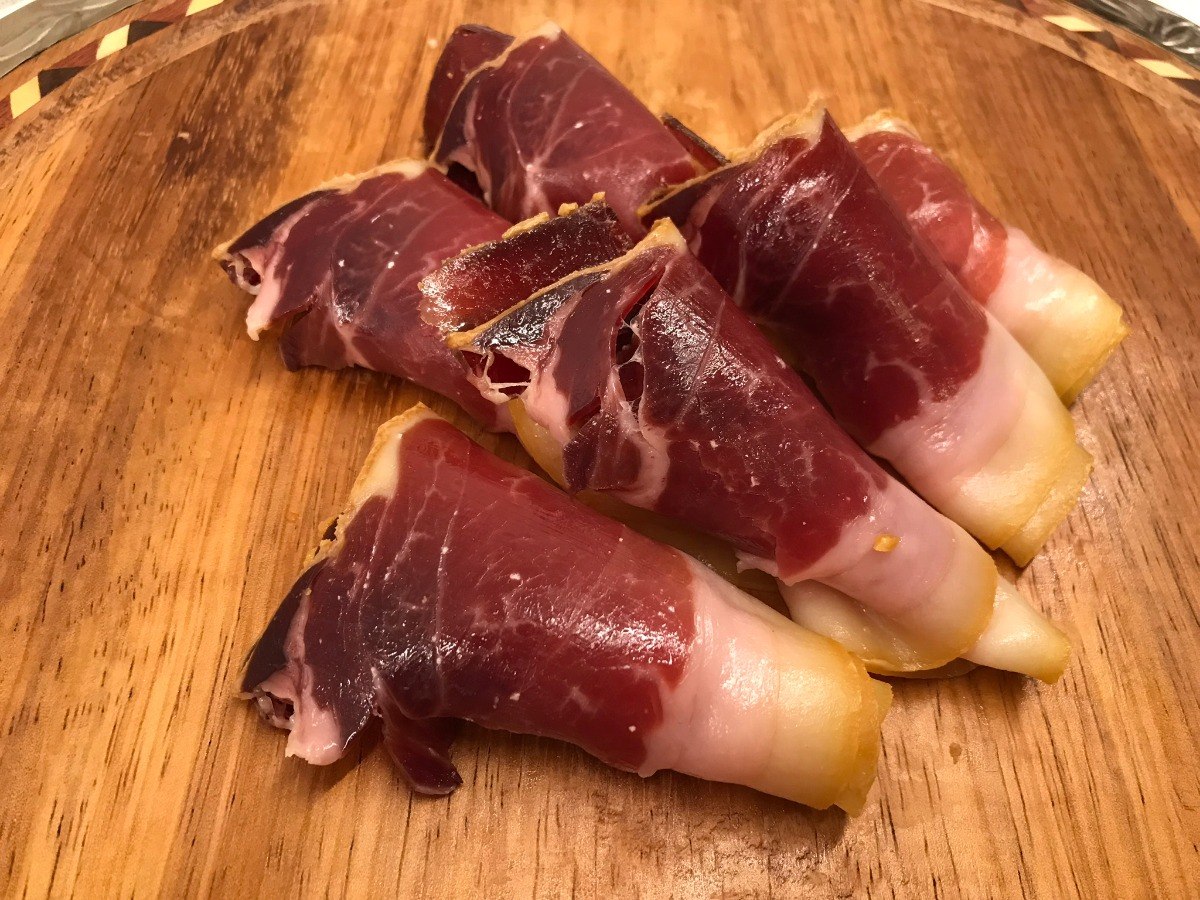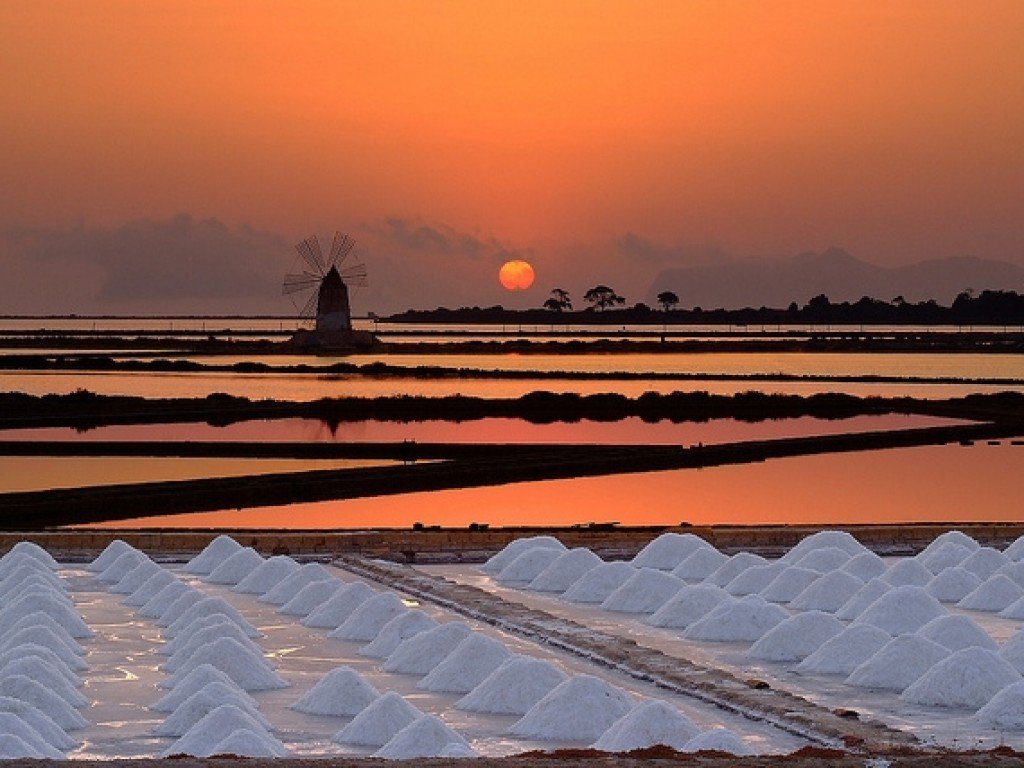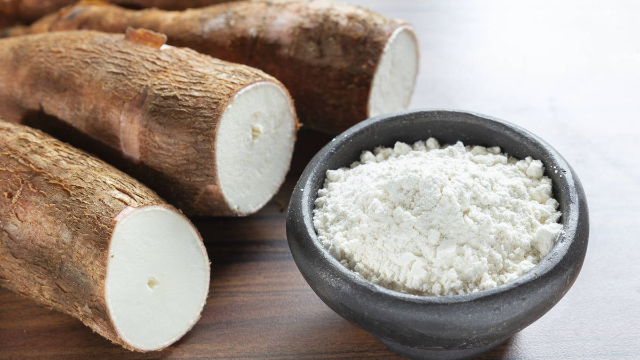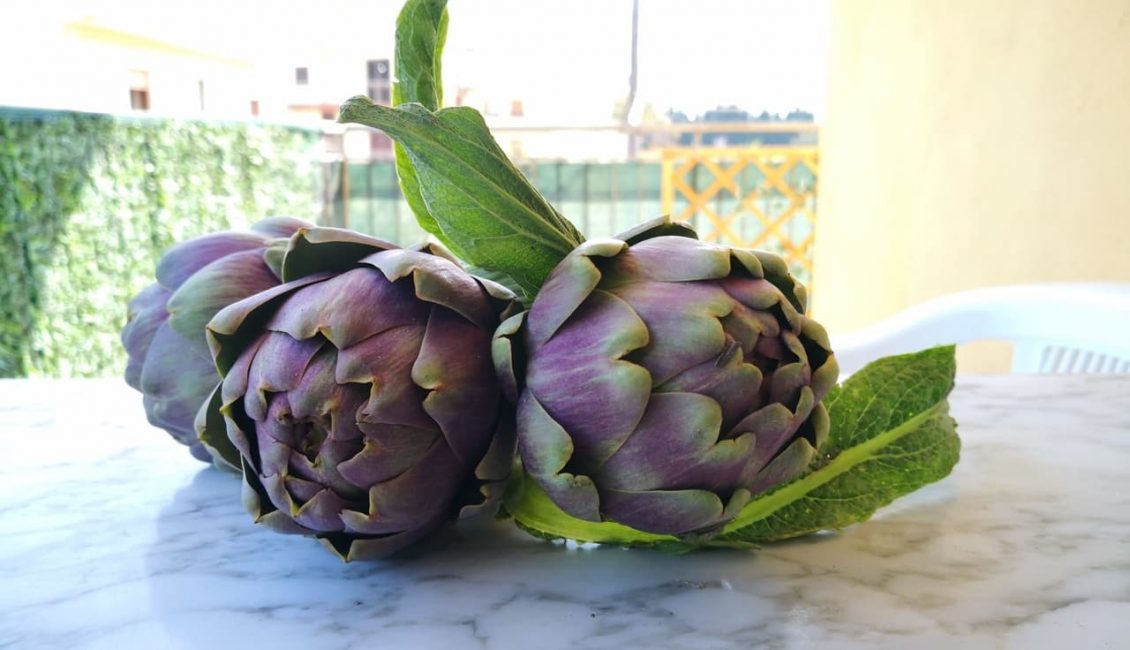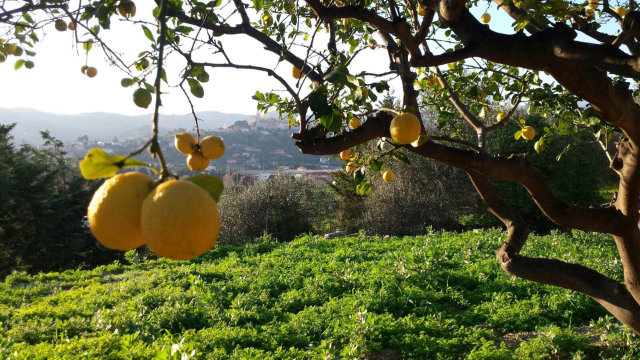Jamón – the Spanish word for ham – has been consumed on the pork-loving Iberian Peninsula for at least 2,000 years. The Roman poet Martial wrote about dining on it in the 1st Century AD in what is now Spain. Since then, in many rural areas of the country, the slaughter of a pig has long been cause for celebration, and the hind legs would often be salted and dried for later consumption as jamón.
To this day, jamón is an essential part of the nation’s food culture. From quiet villages to bustling cities, it is spread out on plates to kick off long family meals, picked at by friends in bars and stuffed into late-morning sandwiches. The Spanish consume some 160,000 tonnes of it a year, and as the rest of the world catches on, exports of it are rising.Of all the ham produced in Spain, jamón ibérico (made from the black Iberian breed of pigs) is often the most prized, on account of its distinctive flavour. It is officially recognised in various ‘denomenacións de origen’, geographical indicators similar to the appellation d’origine contrôlée used in France for wine and other products. One such region with its own denominación de origen is Jabugo, the area around a small town of the same name in Andalucía, which is famously devoted to producing the ham.
Jamón ibérico de bellota (jamón from pigs fed on bellota, or acorns) tends to be the most gourmet version and is produced across the various regions, including Jabugo. Rather than being produced from animals raised purely on feed, to be recognised as ‘de bellota’, the pigs must graze only on fresh pasture and acorns that fall from oak trees for at least 61 days of the year (though the acorn period usually extends longer than two months).
